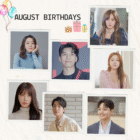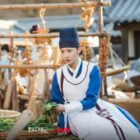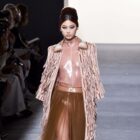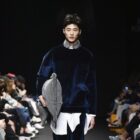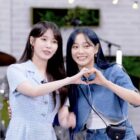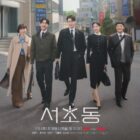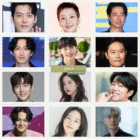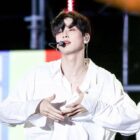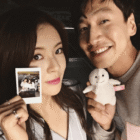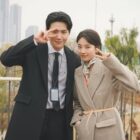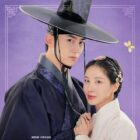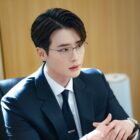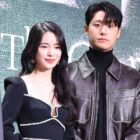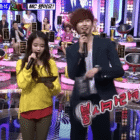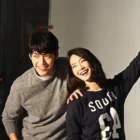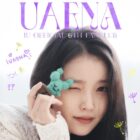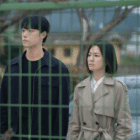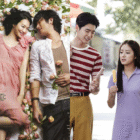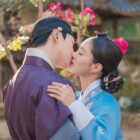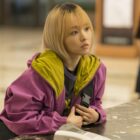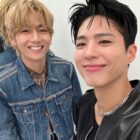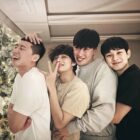Korean dramas have a unique way of pulling viewers into their world with compelling characters, emotional depth, and, of course, their signature tropes. Whether you’re a seasoned K-drama addict or a newcomer wondering why every male lead has a habit of offering an umbrella, these classic storytelling elements are part of what makes K-dramas so addictive. Many of these tropes are deeply rooted in Korean culture, societal values, and traditional storytelling, making them even more impactful. Let’s break down some of the most iconic tropes that keep us coming back for more.
1. The Umbrella Scene
A male lead offering an umbrella to the female lead during the rain is almost mandatory in K-dramas. It’s a simple but powerful gesture that symbolizes care and protection. Sometimes, the leads end up sharing the umbrella, creating a close and intimate moment. The rain sets the mood, and this small act often hints at blossoming romance.
Cultural Influence: In Korea, offering someone shelter from the rain is seen as a kind and thoughtful act, reflecting the strong emphasis on etiquette and caring for others. Rain is also often used in literature and film to symbolize renewal, change, or emotional turmoil. (Examples: “Something in the Rain,” “A Business Proposal”)
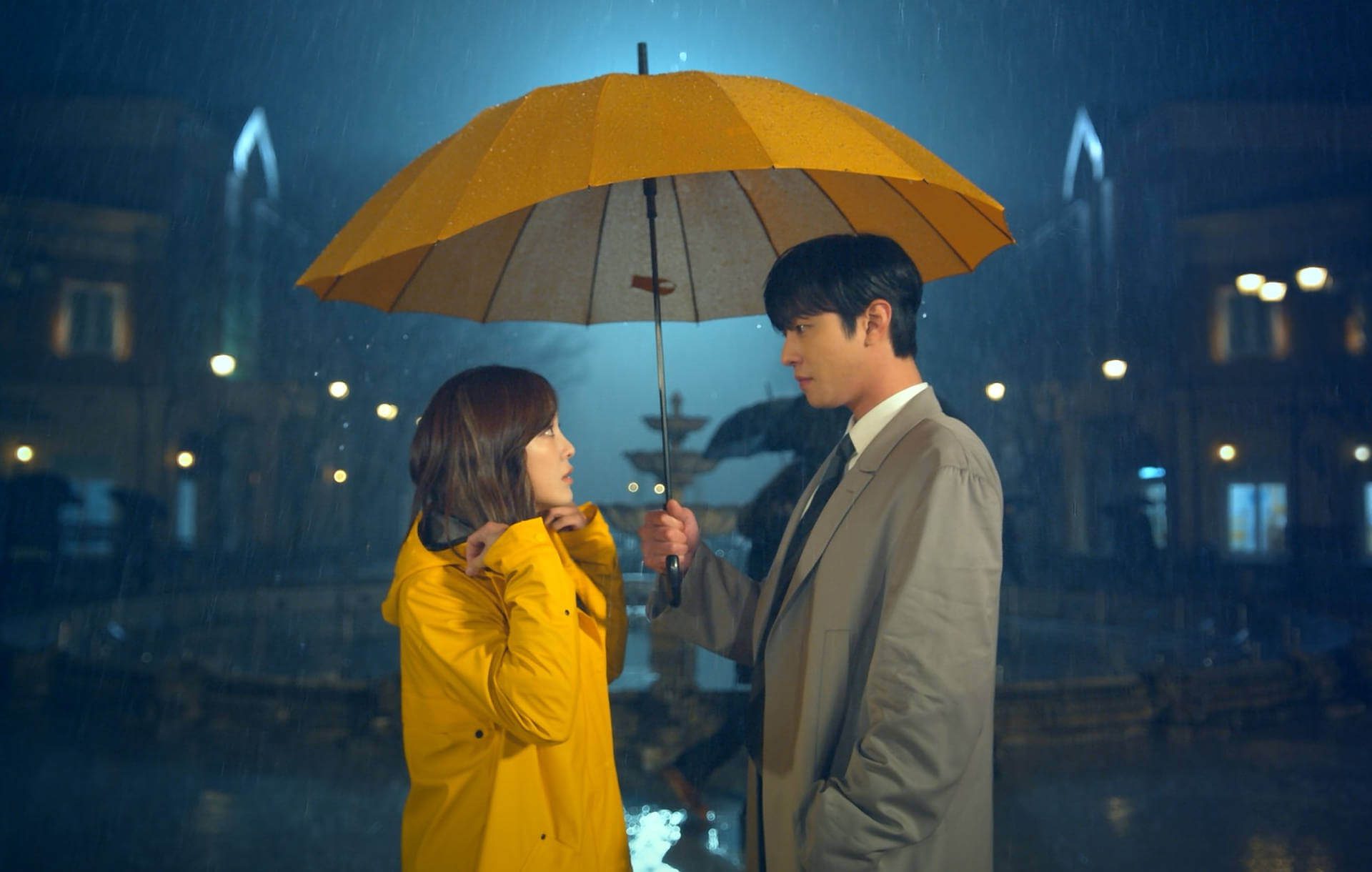
2. Contract Relationships / Fake Dating
Two characters enter a relationship for practical reasons—be it to make an ex jealous, inherit a fortune, or fulfill a bizarre contract—only to realize that their feelings are real. This trope builds up tension and gives fans plenty of swoon-worthy moments.
Cultural Influence: Arranged marriages and societal pressure to be in a relationship still exist in some parts of Korea, especially among the elite. This trope plays into the fantasy of love developing naturally despite initial obligations. (Examples: “Because This Is My First Life,” “Full House,” “No Gain, No Love”)
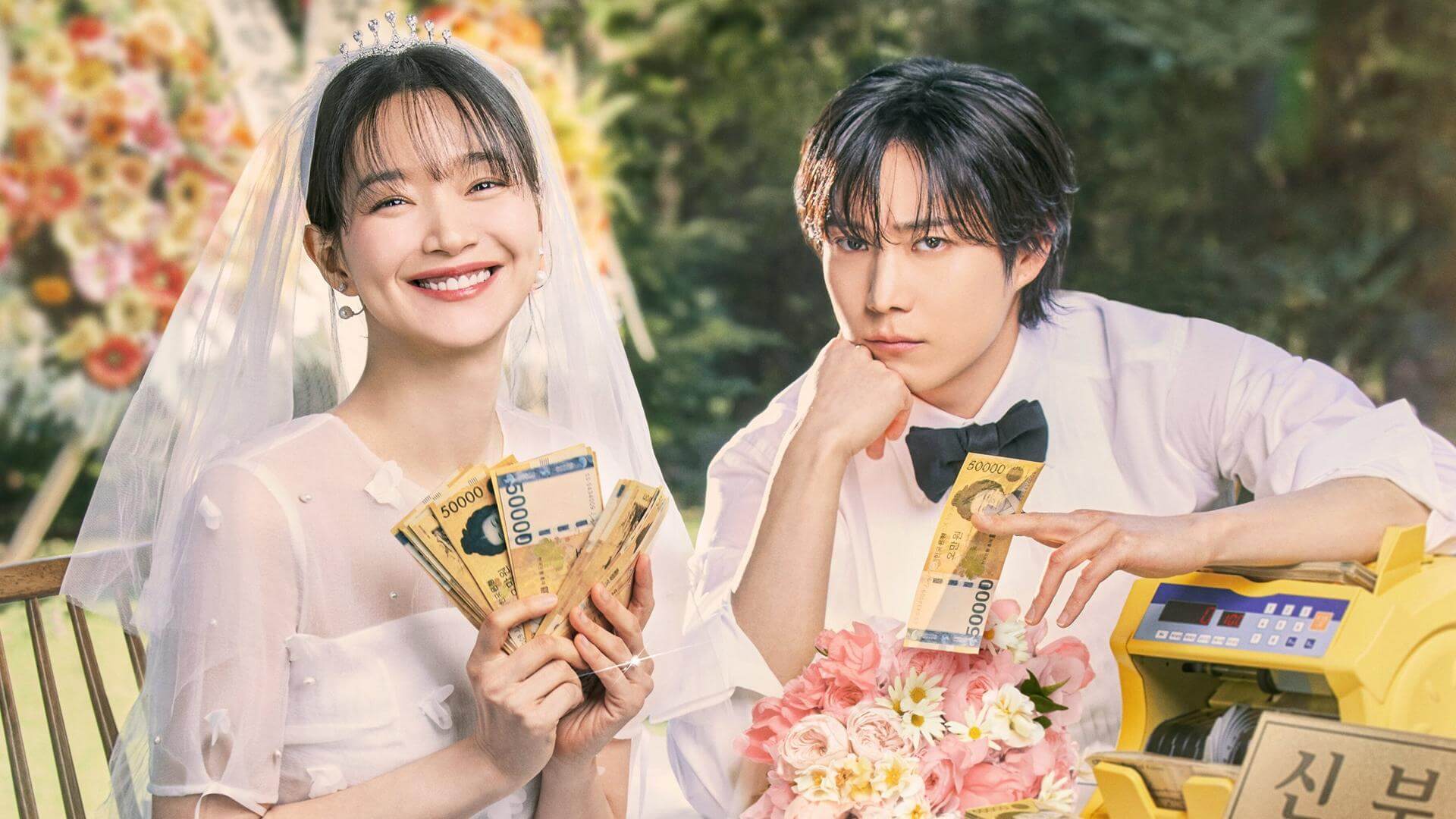
3. Childhood Connection
A shocking revelation that the main leads actually knew each other as kids but forgot? Classic. Whether through fate or coincidence, this trope adds emotional depth and nostalgia, making their love story feel even more predestined.
Cultural Influence: Korean culture places a strong emphasis on fate and destiny in relationships, often influenced by traditional beliefs such as inyun (the idea that people are destined to meet). This trope enhances the idea that true love is inevitable. (Examples: “Queen of Tears,” “Hotel Del Luna,” “While you were Sleeping”)
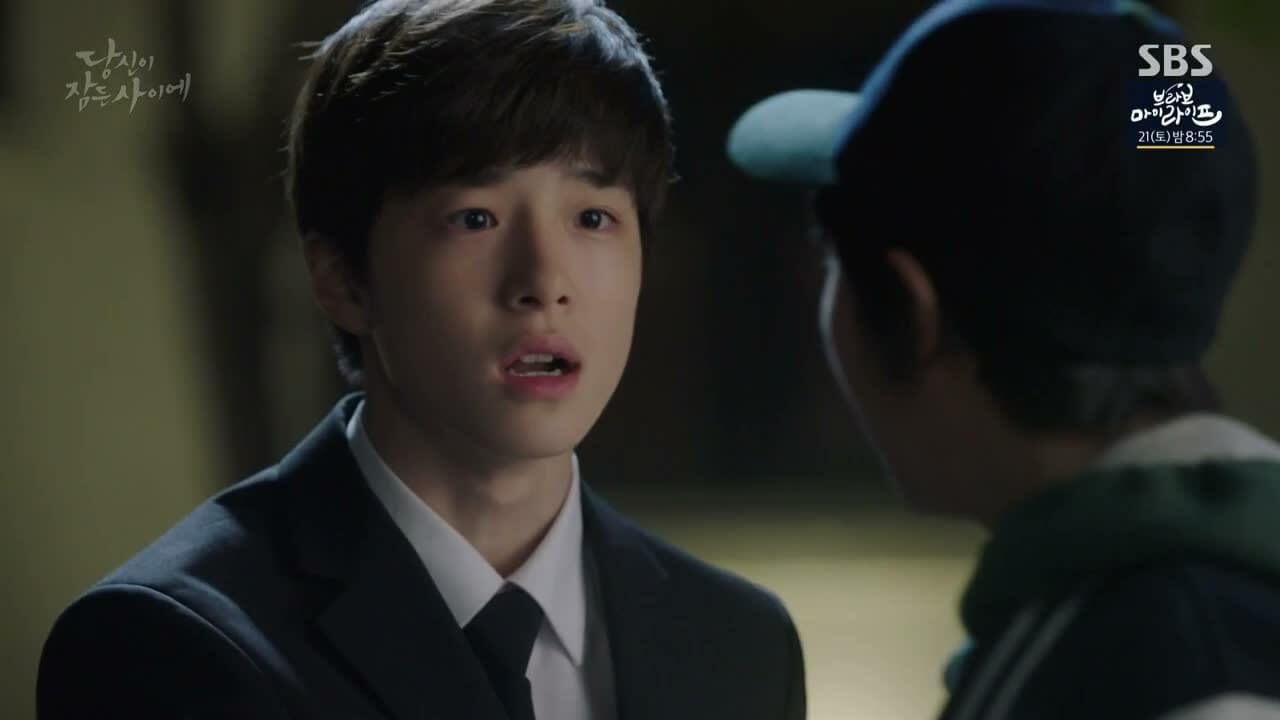
4. Poor Girl, Rich Guy
A rich, arrogant male lead falls for an ordinary, hard-working female lead. He usually starts off cold and dismissive but slowly transforms into a softhearted, lovesick puppy.
Cultural Influence: Korea’s economic divide is a recurring theme in dramas. This trope reflects real-life struggles between social classes while also playing into the fantasy of upward mobility and fairy-tale romance. (Examples: “Boys Over Flowers,” “Secret Garden,” “The Heirs”)
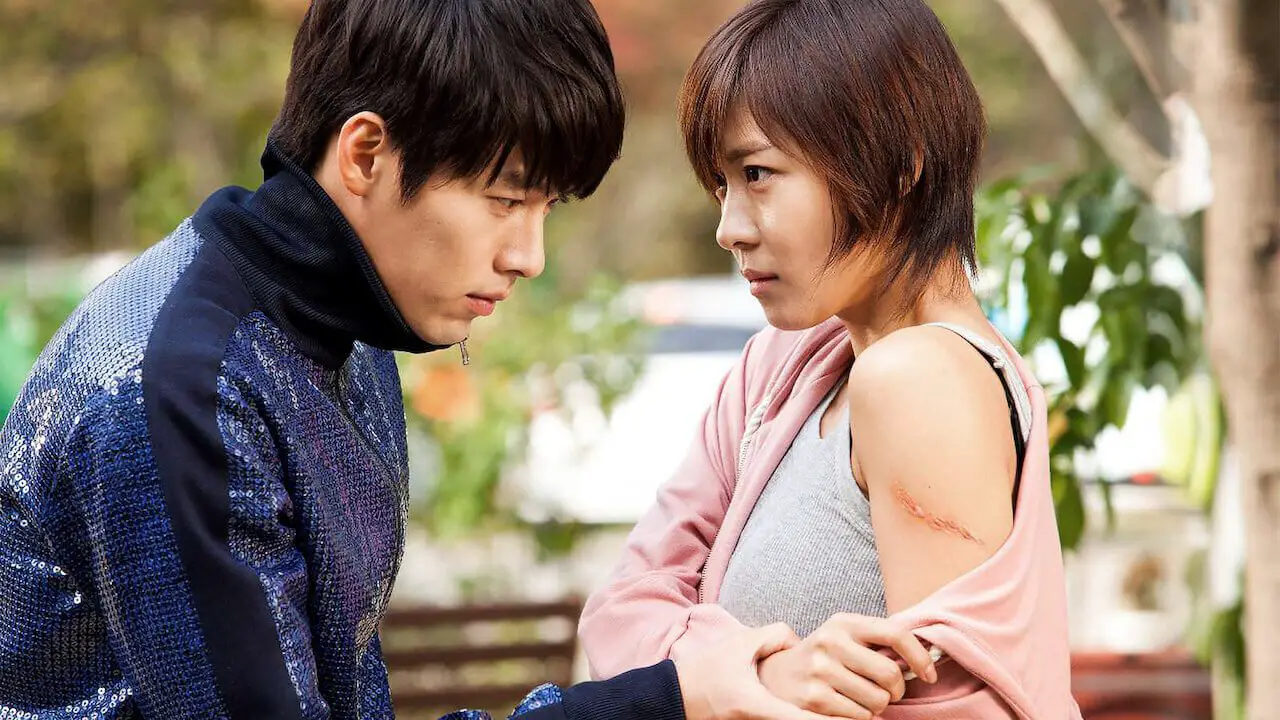
5. The Chaebol / CEO Lead
The male lead is often an impossibly wealthy CEO, heir, or businessman who has everything—except love.
Cultural Influence: Korea’s rapid economic development created an interest in chaebols (large family-owned businesses). These figures are both admired and criticized in Korean society, making them intriguing characters. (Examples: “What’s Wrong with Secretary Kim,” “The Heirs,” “King the Land”)
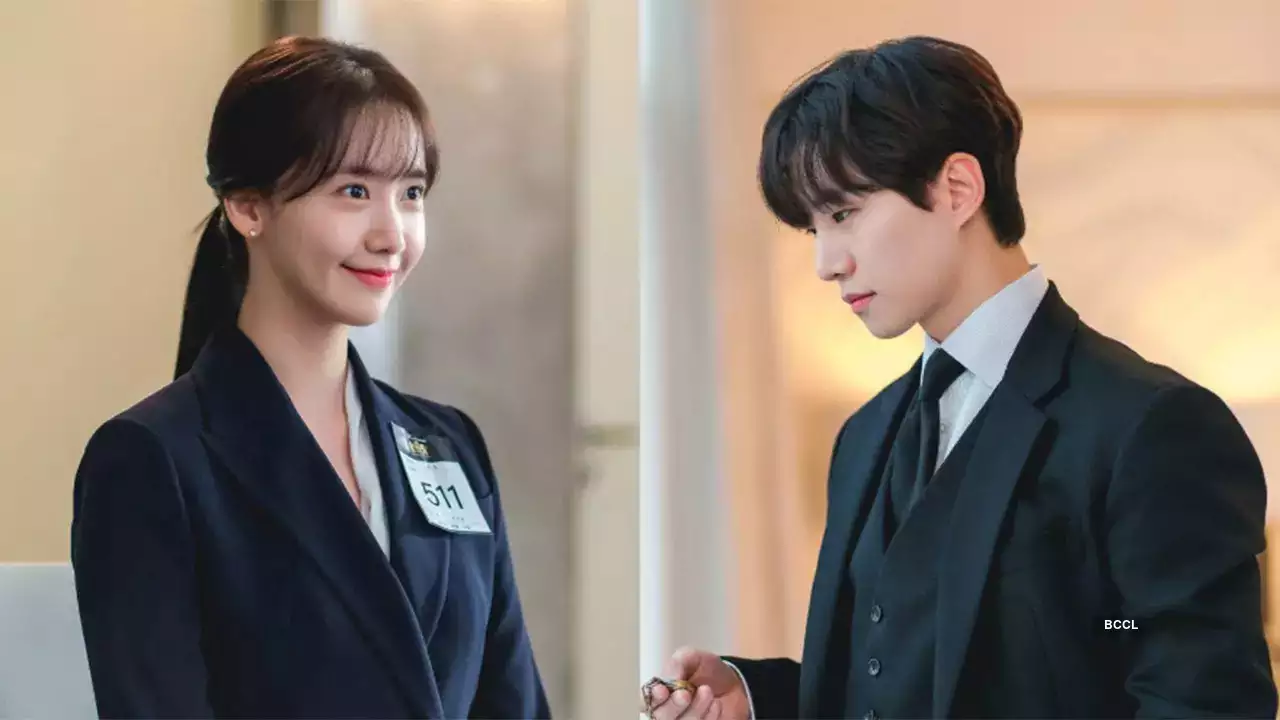
6. Love Triangle / Second Lead Syndrome
It’s not a true K-drama without a heartbreaking love triangle. The second lead is usually the perfect, caring alternative to the male lead but rarely gets the girl.
Cultural Influence: The emphasis on loyalty and first loves in Korean culture makes love triangles even more painful for audiences. First loves are often idealized, and many K-dramas play into this cultural sentiment. (Examples: “Start-Up,” “Reply 1988,” “The Heirs”)
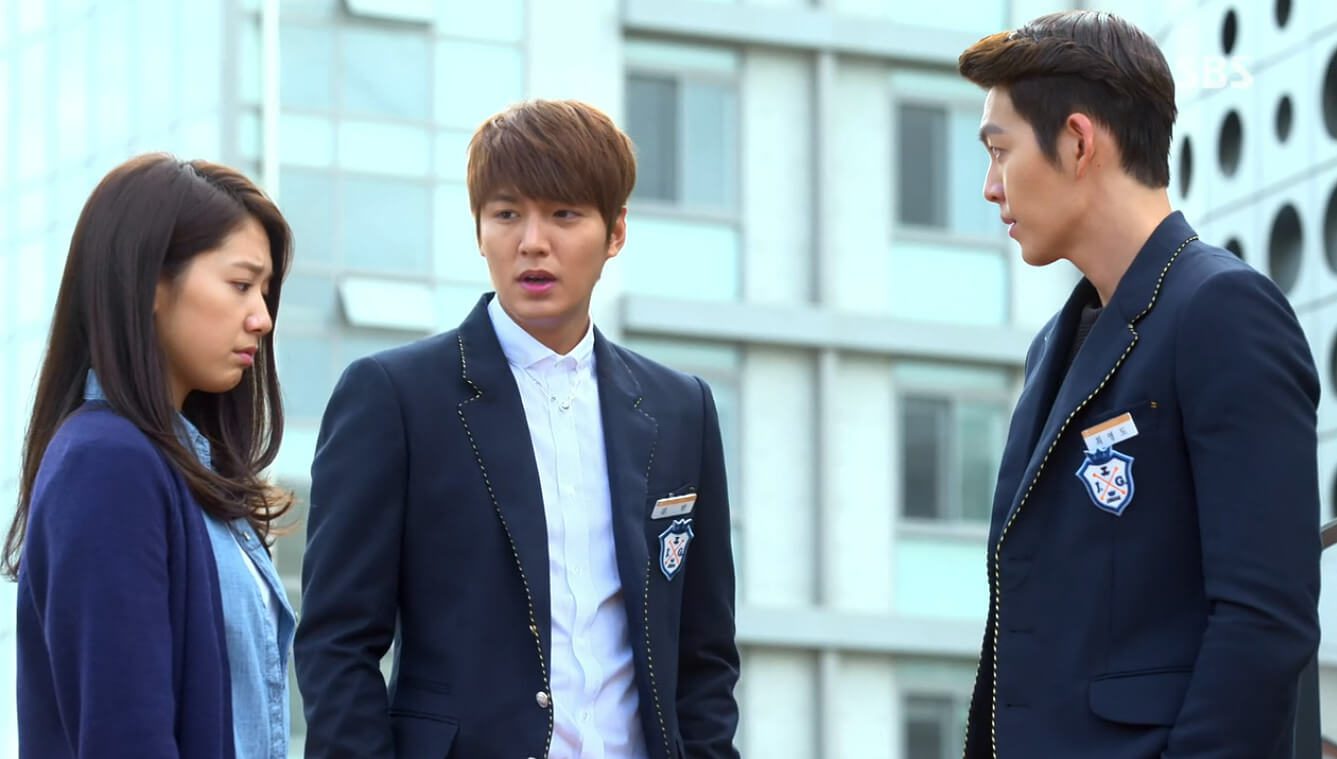
7. Piggyback Ride
If the female lead gets drunk, injured, or just plain exhausted, you can count on the male lead to swoop in and carry her home in a dramatic piggyback ride.
Cultural Influence: Piggyback rides are a sign of affection and care in Korean culture, often seen in families and close friendships. It symbolizes trust and reliance.
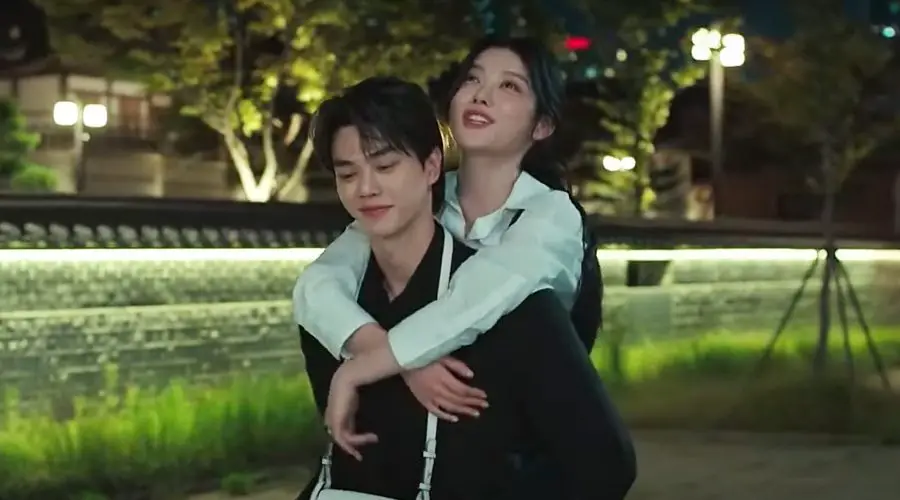
8. Wrist Grab
The male lead stopping the female lead from walking away by grabbing her wrist is one of the most debated tropes. While it’s meant to show intensity and desperation, it’s also considered outdated.
Cultural Influence: In traditional Confucian values, men were often seen as protectors, and this trope originally reflected that notion. However, modern audiences see it as problematic. (Examples: Almost every K-drama from the 2010s!)
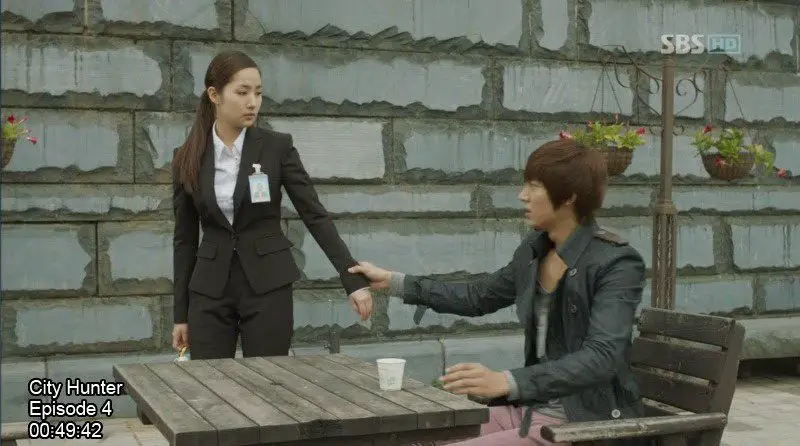
9. Amnesia
A character losing their memory due to an accident or trauma leads to heartache, mistaken identities, or even forgotten love stories.
Cultural Influence: In traditional Korean folktales and historical literature, memory loss is often used as a narrative device to test fate and perseverance in relationships. (Examples: “Stairway to Heaven,” “The Legend of the Blue Sea”)
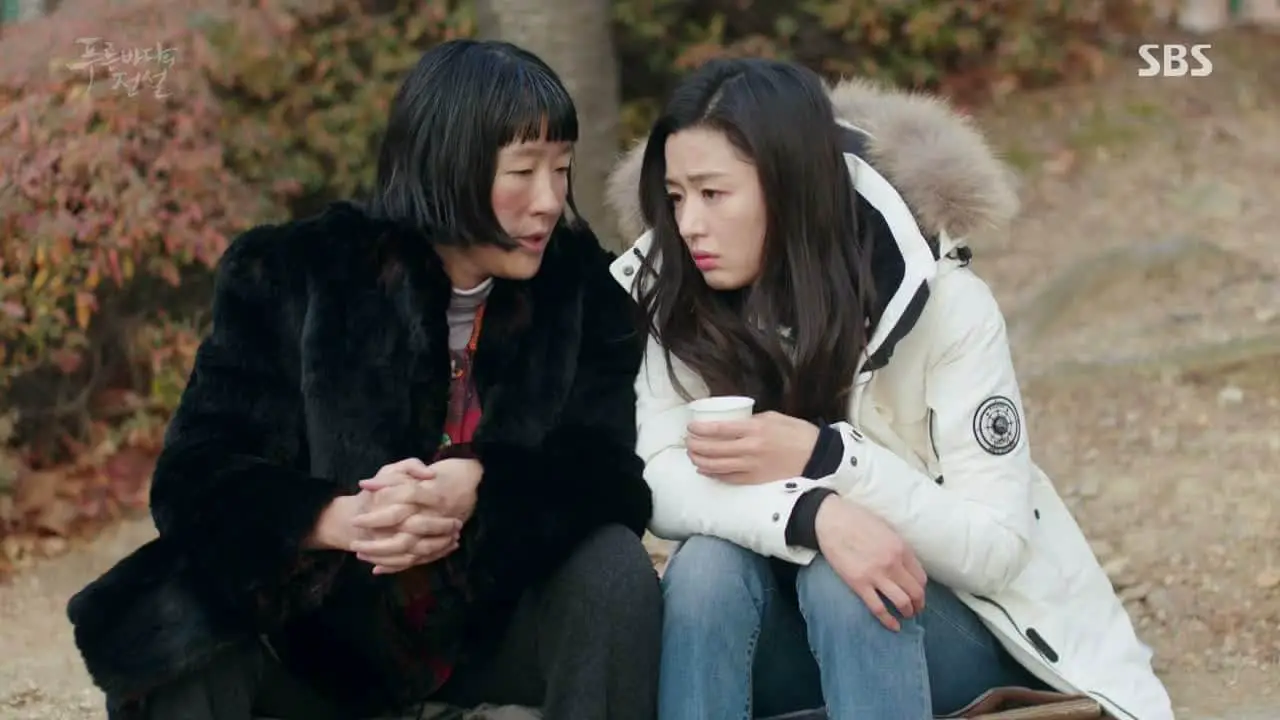
10. Tragic Illness
Nothing tugs at the heartstrings like a character battling a terminal illness.
Cultural Influence: In Korean storytelling, suffering and sacrifice are often seen as noble. This stems from historical hardships and Confucian ideals of enduring pain with grace. (Examples: “Uncontrollably Fond,” “Queen of Tears,” “Mr. Plankton”)
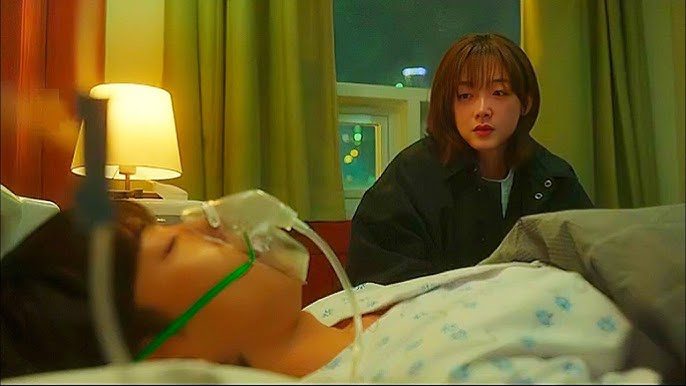
11. Accidental Kiss
Whether it’s a trip-and-fall moment, a misunderstanding, or a surprise kiss under sudden circumstances, this trope always catches characters off guard.
Cultural Influence: In a society where public displays of affection were traditionally discouraged, the accidental kiss offers a “safe” way to introduce physical intimacy in a romantic yet comedic manner. (Examples: “Playful Kiss,” “Strong Woman Do Bong Soon”)
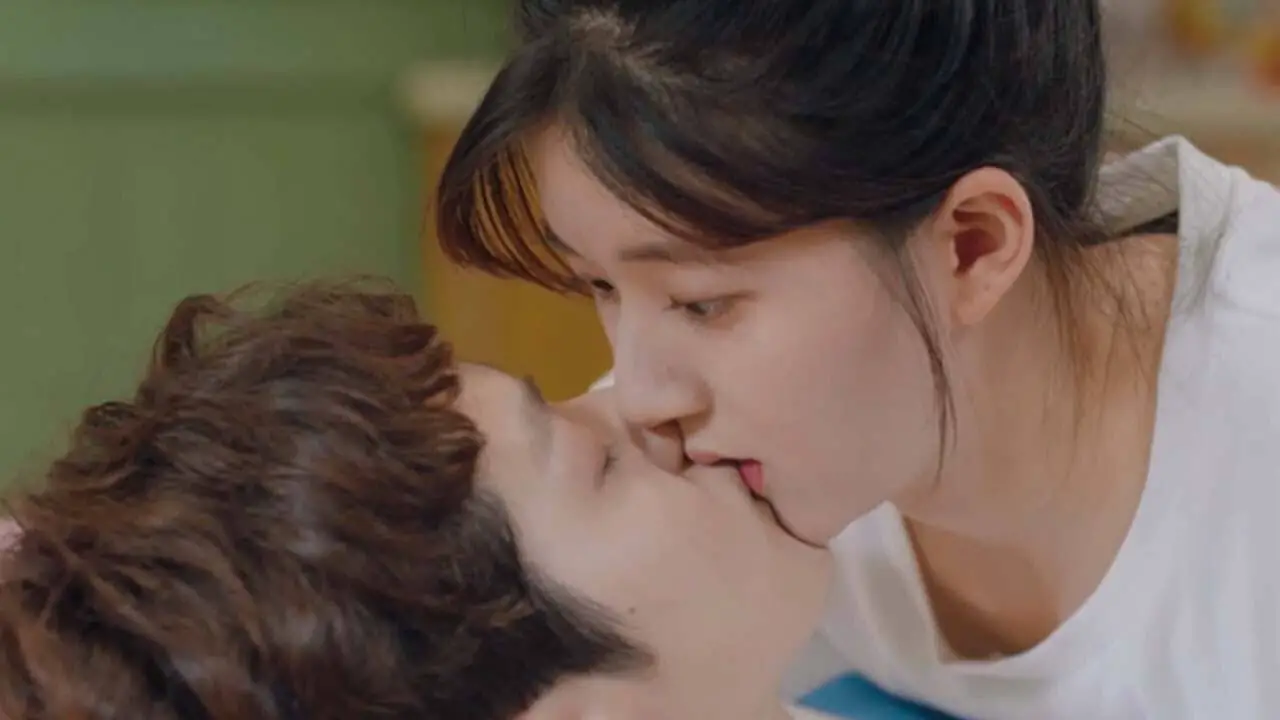
12. Jealousy Over Instant Noodles
A small but hilarious trope—one character (usually the male lead) watches the other eat instant noodles with deep longing.
Cultural Influence: In Korea, eating together is an intimate act. Someone being jealous over another eating food (especially ramyeon) plays into the deeper cultural connection between food and relationships. (Examples: “Weightlifting Fairy Kim Bok Joo,” “Goblin”)
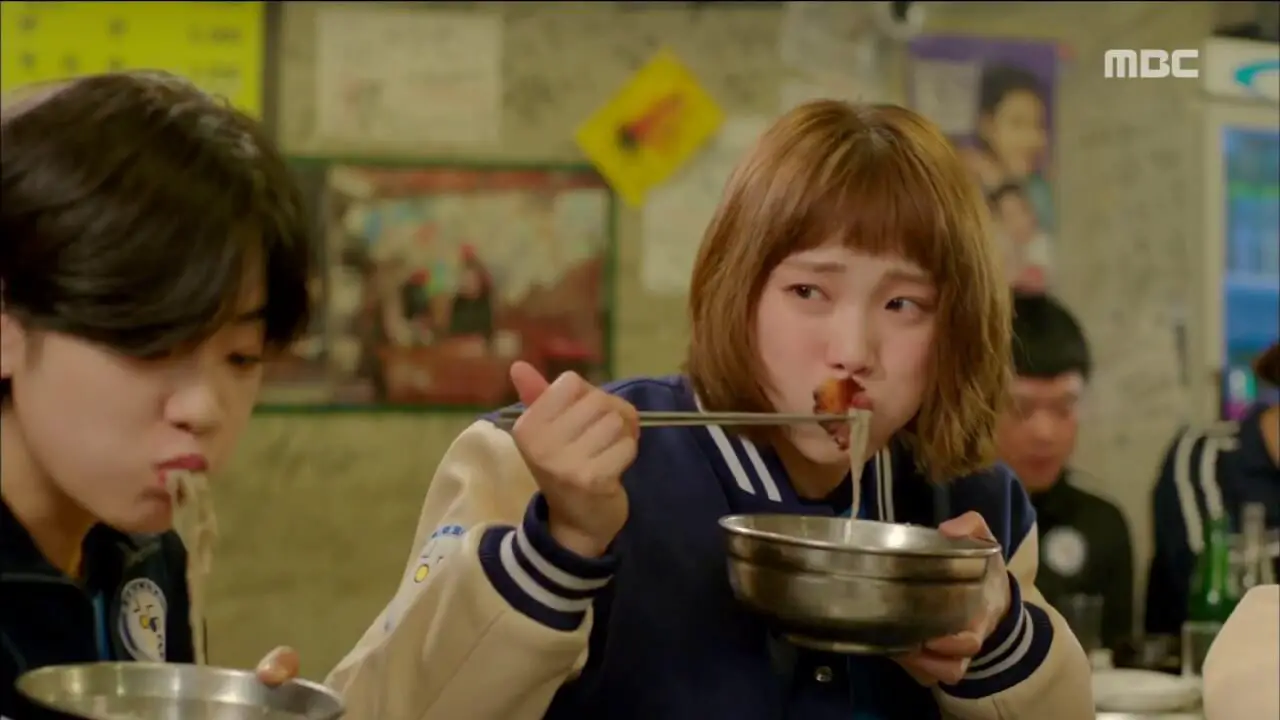
13. Airport Chase Scene
One character realizes their feelings just in time to rush to the airport and stop the other from leaving.
Cultural Influence: With Korea’s growing globalization, many young people dream of studying or working abroad. The airport scene reflects the anxiety of long-distance relationships. (Examples: “My ID is Gangnam Beauty,” “Something in the Rain”)
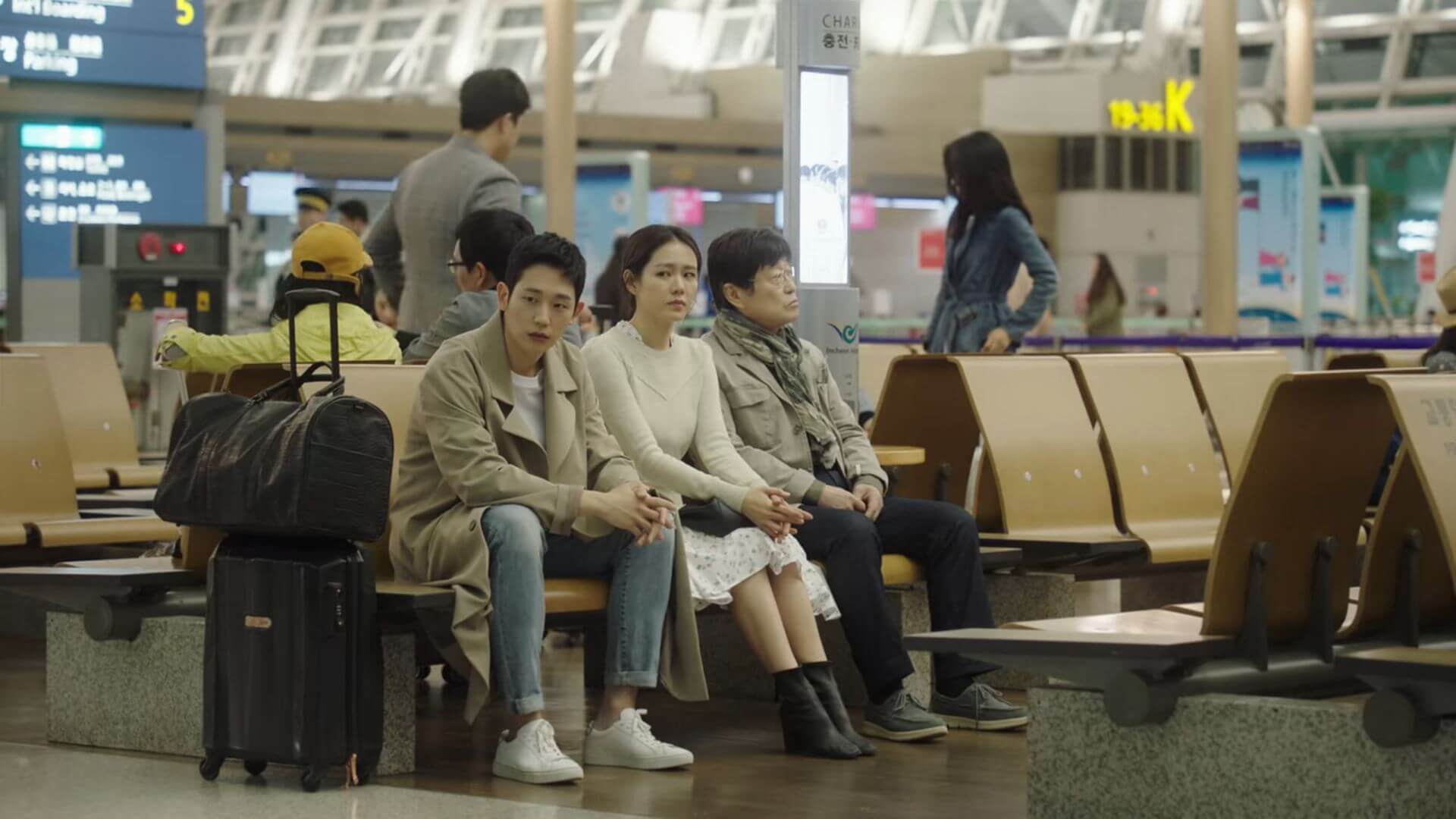
14. Forced Co-habitation
For one reason or another—contract marriage, housing mix-up, or circumstances beyond their control—the leads end up living together.
Cultural Influence: With Korea’s conservative dating culture, cohabitation is still somewhat taboo. This trope allows characters to experience “married life” without breaking societal norms. (Examples: “Full House,” “Because This Is My First Life”)
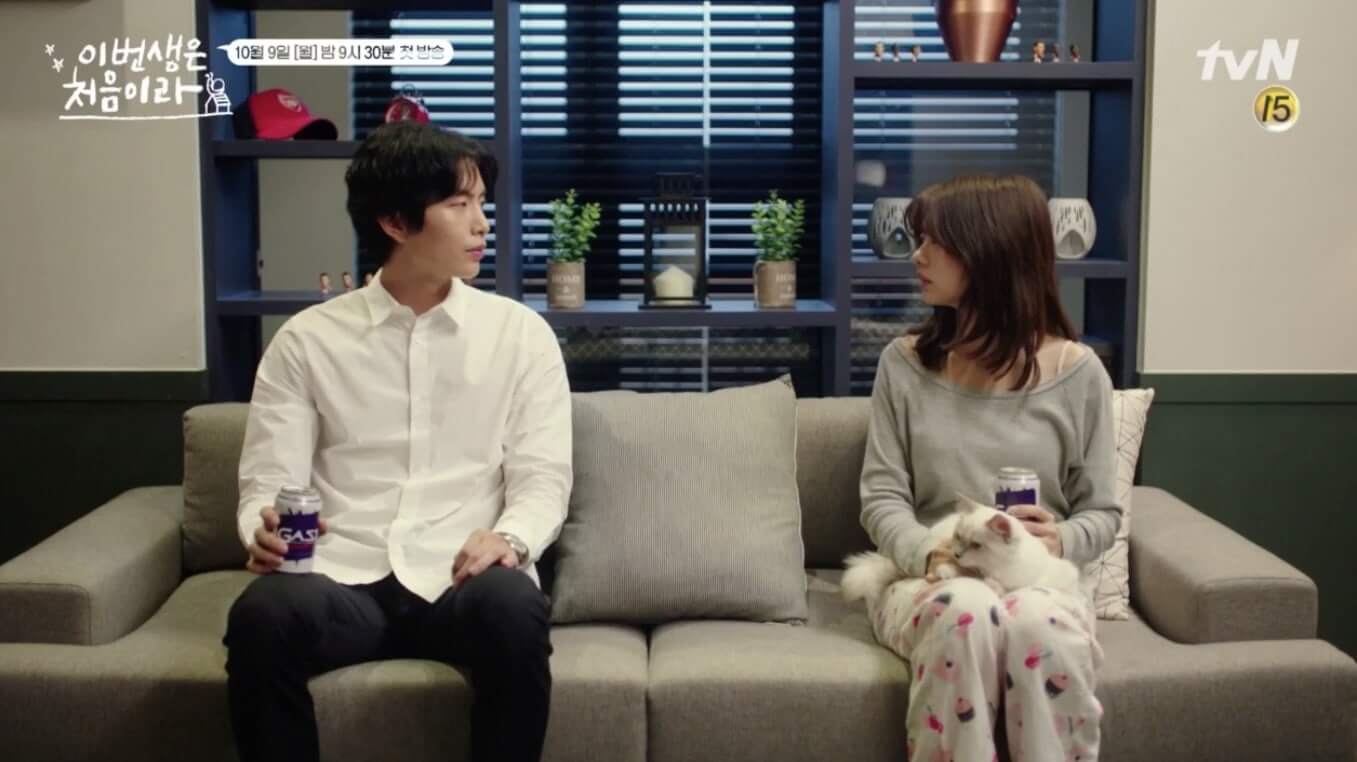
15. Rain = Emotional Breakdown
If there’s a heavy downpour, you know something dramatic is about to go down.
Cultural Influence: In Korean culture, rain is associated with sadness, cleansing, or fate—often used to heighten emotional scenes. (Examples: “The King: Eternal Monarch,” “My Love From the Star”)
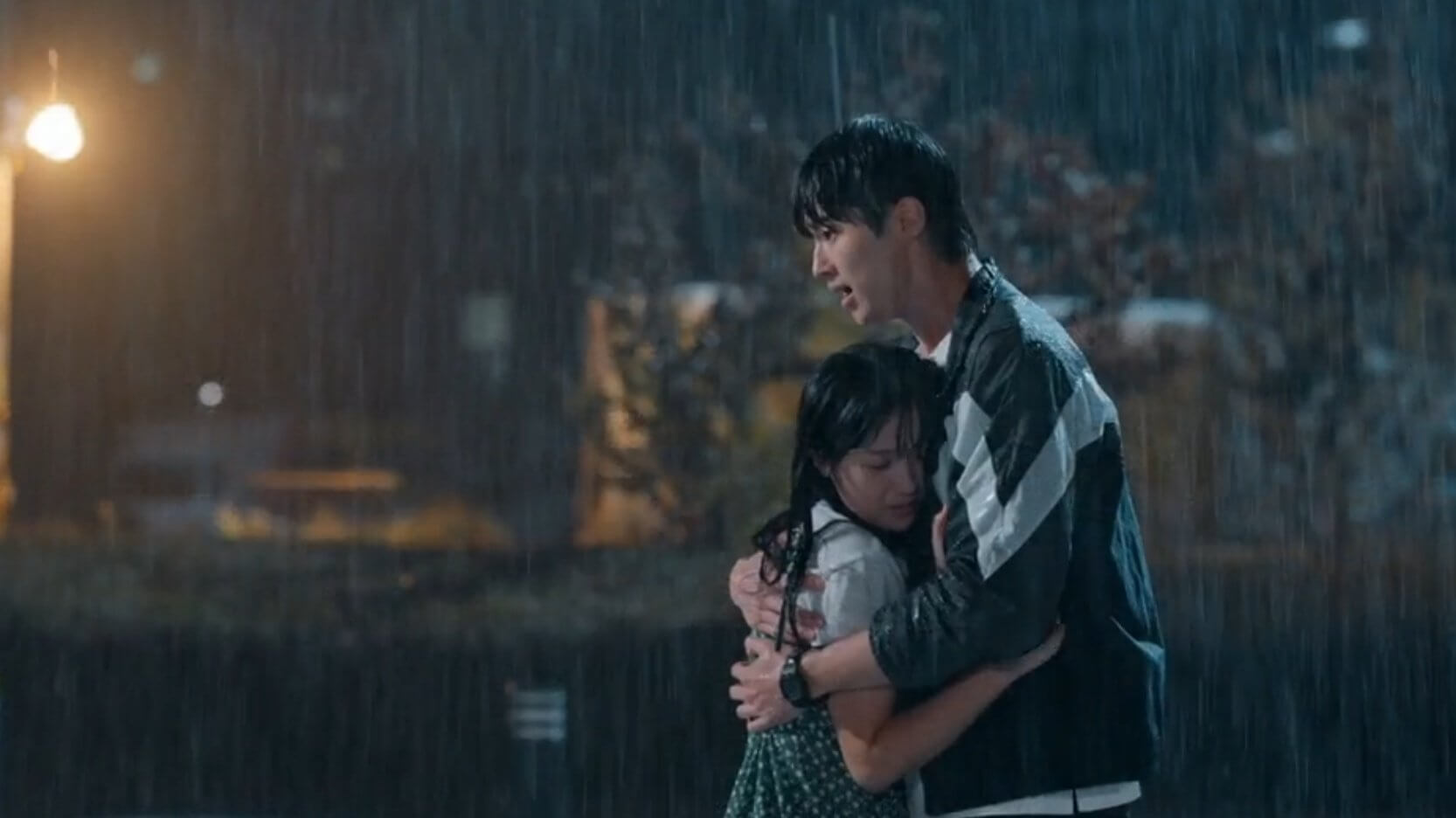
16. Slow-Motion Spin Hug
A long-awaited reunion or emotional climax often leads to the classic spin hug.
Cultural Influence: In a culture that values deep emotional expression, the dramatic spin hug is a physical manifestation of overwhelming love and relief. (Examples: “Crash Landing on You,” “Goblin”)
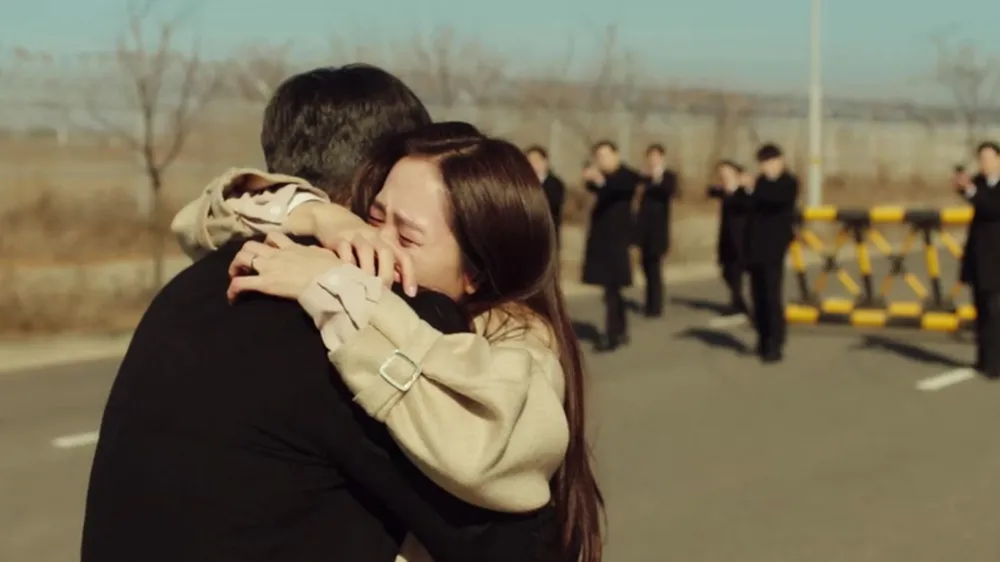
From fated encounters to heart-wrenching love triangles, classic K-drama tropes continue to captivate audiences worldwide. Whether it’s the thrill of childhood connections, the humor of mistaken identities, or the emotional pull of self-sacrificing leads, these storytelling elements keep us coming back for more.
Despite evolving trends, the magic of these tropes remains unchanged, proving that sometimes, the most familiar narratives are the ones that touch our hearts the deepest. So, whether you’re a longtime fan or a newcomer to the world of K-dramas, one thing is certain—these timeless tropes will always have us hitting “next episode.”

